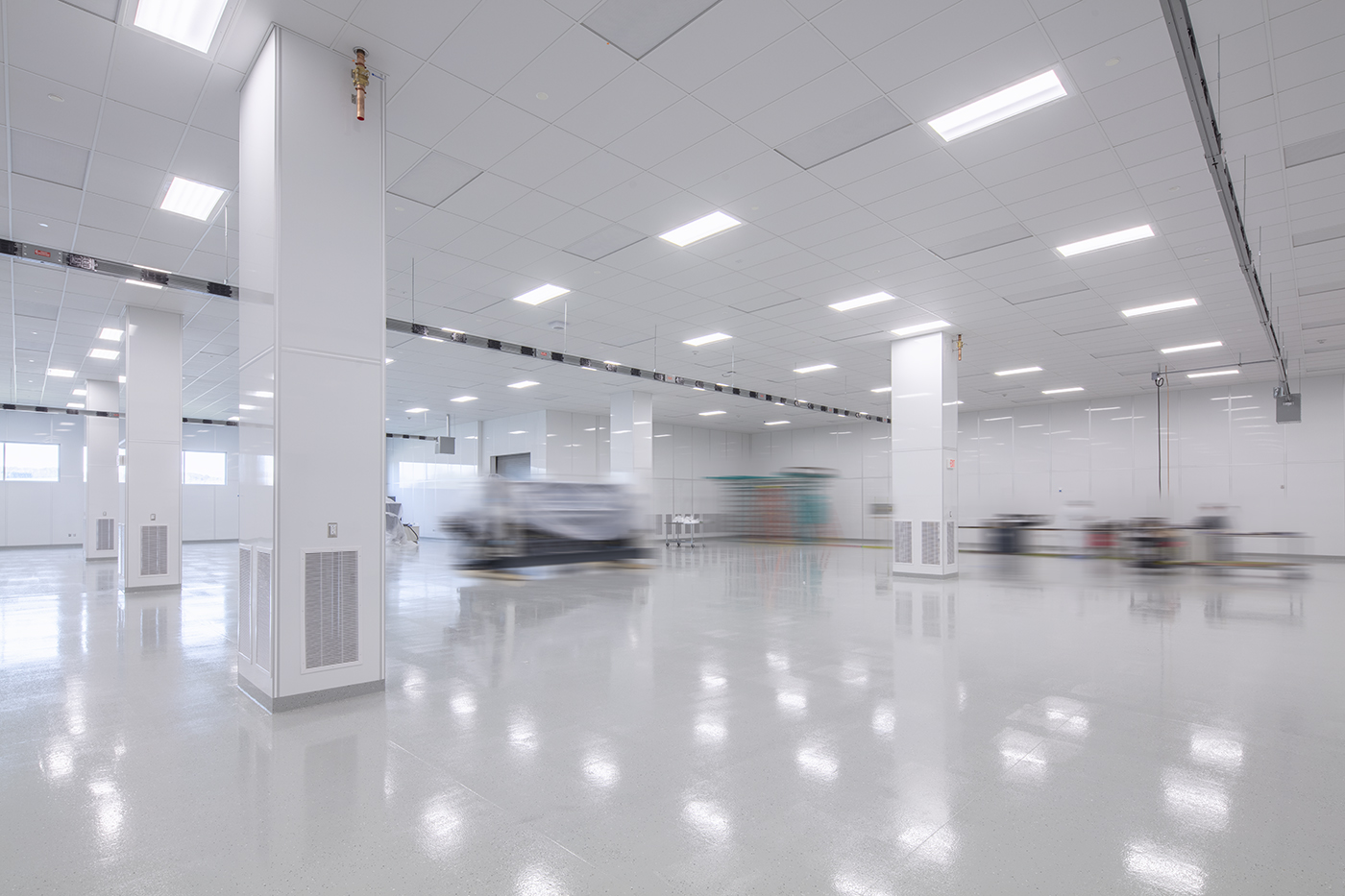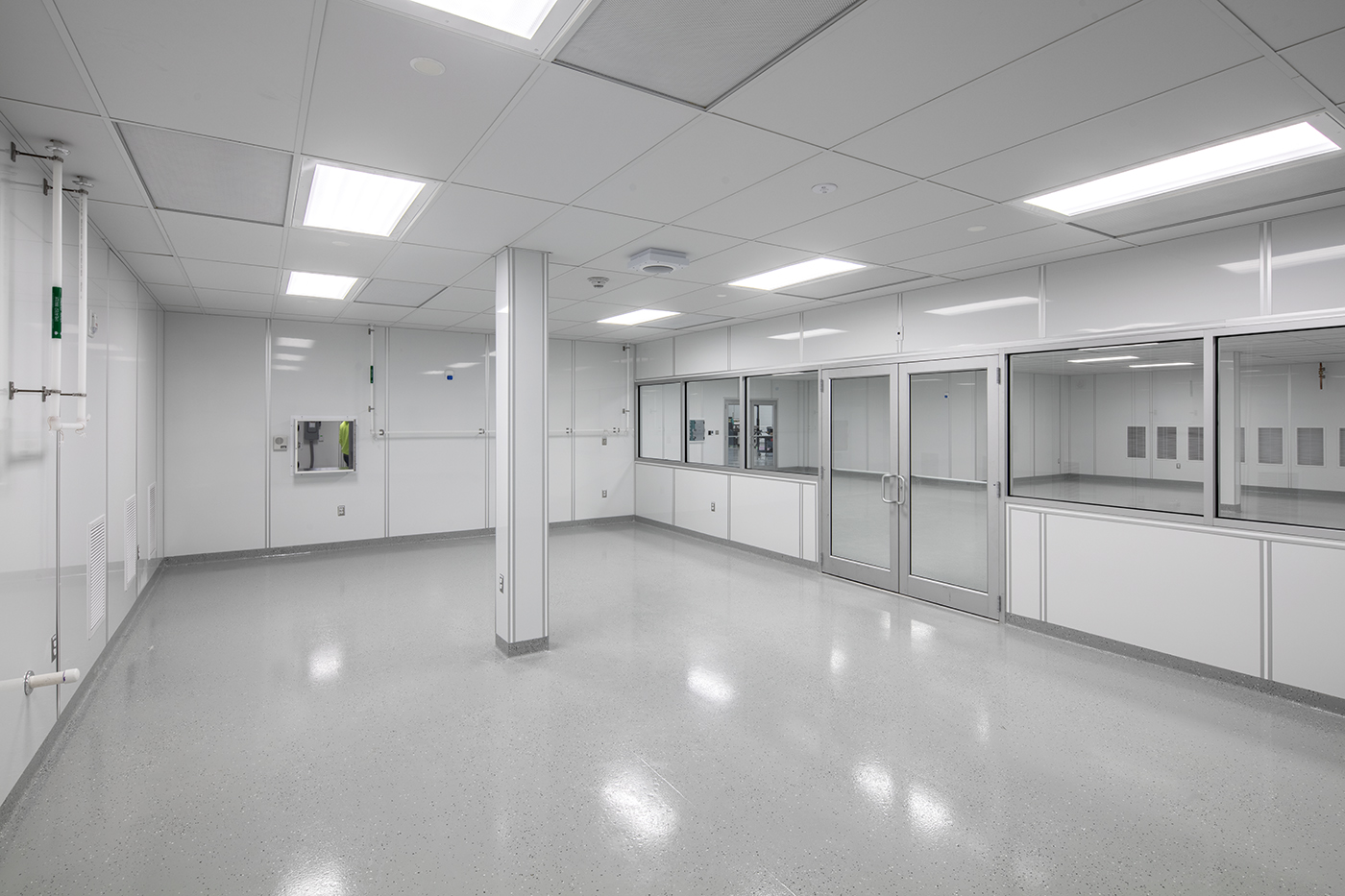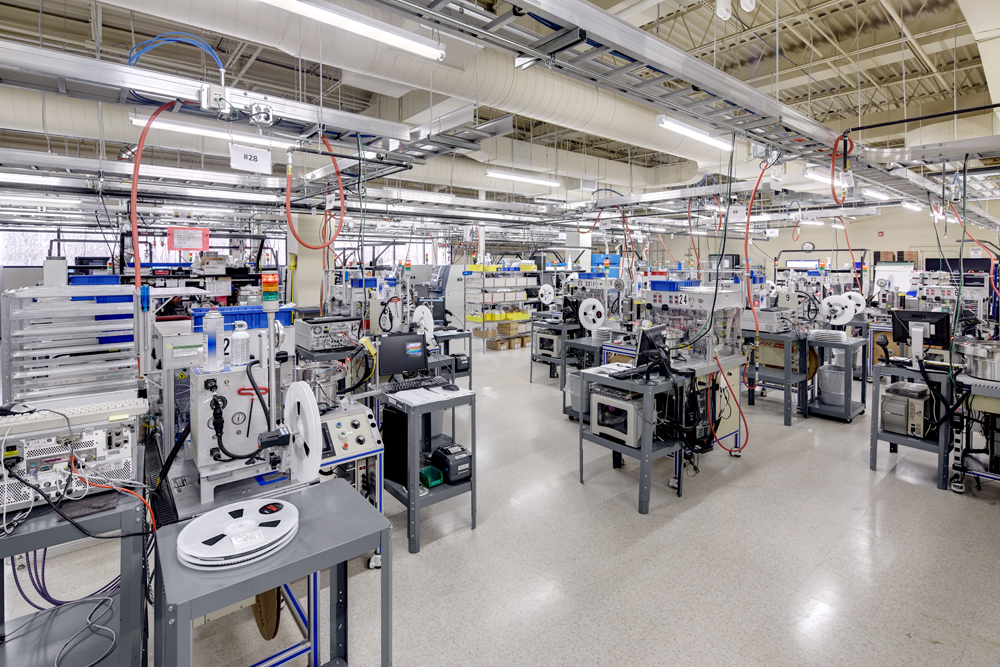What is a cleanroom?
If you’re anything like our marketing manager, when you read the word “cleanroom” your imagination jumps to the movies where the hero is decked out head to toe in a hazmat suit and starts breathing like Darth Vader as he enters an all-white, sterile environment to do something important that will ultimately save the world as we know it.
The reality is typically less dramatic, but potentially still life-saving.
So, what is a cleanroom and how does it function?
A cleanroom is a self-contained, humidity-controlled environment that has a low level of particulates and pollutants. You won’t find a cleanroom with drywall, carpet, or wood because these materials are ridden with particles. Common materials include metal walls and epoxy flooring which are easier to keep clean.
There are different classifications of cleanroom based on how clean the air is according to the quantity and size of particles per volume of air. ISO 7 and ISO 8 are the most common classes, with ISO 8 being the less stringent standard. ISO 8 class specifies that there is no more than 100,000 particles per cubed foot of air and the air is changed 10-25 times per hour. For comparison’s sake, ISO 7 allows for no more than 10,000 particles per cubed foot of air and the air is changed 30-60 times per hour.
In order for the air to be changed, cleanrooms have to be completely sealed so they can be pressurized, forcing air through HEPA filters which effectively clean the air of pollutants.




Who needs a cleanroom?
Cleanrooms are often a component of Hayner Hoyt's electronics and healthcare manufacturing construction projects where the clients are producing components that could be compromised in a normal working environment.